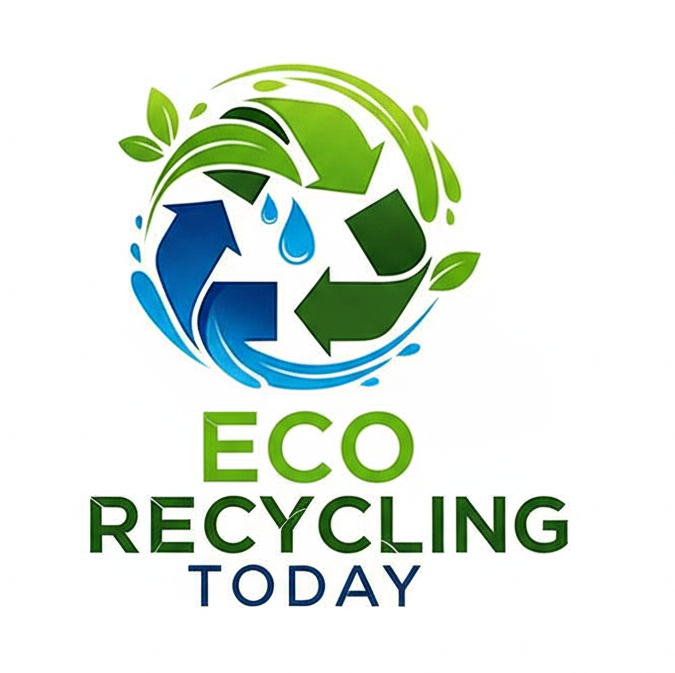In today’s world, adopting eco-friendly habits is more important than ever. One simple yet powerful way to contribute to a healthier planet is through cardboard recycling. Whether you’re a homeowner, a business owner, or part of a community group, understanding the facts about cardboard recycling and learning practical tips can help you make a real difference. We’ll explore essential cardboard recycling facts and share actionable tips for sustainable living.

Why to Recycle Cardboard
Cardboard is one of the most commonly recycled materials worldwide. It’s widely used for packaging, shipping boxes, and storage — which means a huge amount of cardboard waste is generated daily. Recycling cardboard helps:
- Save Trees: Recycling cardboard reduces the demand for virgin wood pulp, protecting forests and biodiversity.
- Reduce Landfill Waste: Cardboard takes up significant landfill space. Recycling prevents this waste from piling up and releasing harmful methane gas.
- Conserve Energy and Water: Producing recycled cardboard consumes less energy and water compared to making new cardboard from raw materials.
- Lower Carbon Footprint: Recycling lowers greenhouse gas emissions, helping combat climate change.
Cardboard Recycling Facts You Should Know
Cardboard is 100% recyclable and can be recycled multiple times without losing quality.
- Corrugated cardboard (the kind used for shipping boxes) is the most commonly recycled type.
- Contaminants like food residue, grease, or oil can make cardboard unrecyclable. Always keep cardboard clean and dry.
- Recycling one ton of cardboard saves about 17 trees, 7,000 gallons of water, and 4,000 kilowatt-hours of electricity.
- Most curbside recycling programs accept flattened cardboard, but check local guidelines to be sure.
Tips for Effective Cardboard Recycling at Home and Work
1. Flatten and Break Down Boxes
Flattening cardboard reduces volume, making it easier to transport and process. Breaking down large boxes into smaller pieces also helps recycling centers handle materials efficiently.
2. Keep Cardboard Clean and Dry
Avoid recycling wet or food-stained cardboard. Wet cardboard can jam recycling machinery and contaminate the recycling stream, reducing the overall quality of recycled materials.
3. Remove Non-Cardboard Components
Take off tape, labels, plastic windows, or packing peanuts before recycling cardboard. These materials can contaminate the recycling process.
4. Use Dedicated Recycling Bins
Place cardboard in a separate recycling bin or pile it next to your regular recycling to ensure it’s properly sorted.
5. Reuse Cardboard Boxes When Possible
Before recycling, consider reusing boxes for storage, moving, or DIY projects. Reusing cardboard extends its life cycle and reduces waste.
How to Find Cardboard Recycling Near You
Many cities offer curbside pickup for cardboard as part of their recycling programs. If curbside recycling isn’t available, local recycling centers, retail stores, or waste management facilities may accept cardboard drop-offs. Use online resources or contact your municipality to locate the nearest recycling point.
Cardboard recycling is an easy and impactful way to live more sustainably. By understanding key facts and following simple recycling tips, you can reduce waste, conserve natural resources, and support eco-friendly living. Start today by flattening your boxes, keeping them clean, and encouraging those around you to recycle cardboard responsibly. Together, small actions add up to big environmental benefits.
